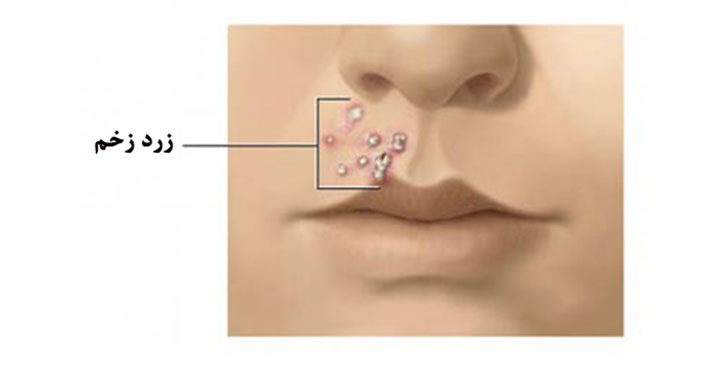
Impetigo is a very common superficial infection of the skin. It can be divided into non-bullous and bullous forms. The non-bullous types represent the majority of cases. The infecting organism for the more common non-bullous type is usually Staphylococcus aureus or Streptococcus pyogenes. Over a period of 50 years there has been a considerable move from streptococci to staphylococci as the principal causative organisms. Meticillin-resistant S. aureus (MRSA) is another increasingly common causative organism for non-bullous impetigo. Usually the predisposing factor is a breach of the skin but bullous impetigo may affect intact skin and is almost invariably caused by S. aureus.
It is also occasionally classified as primary or secondary, where primary impetigo occurs in intact skin, and secondary impetigo in skin already damaged by another condition.